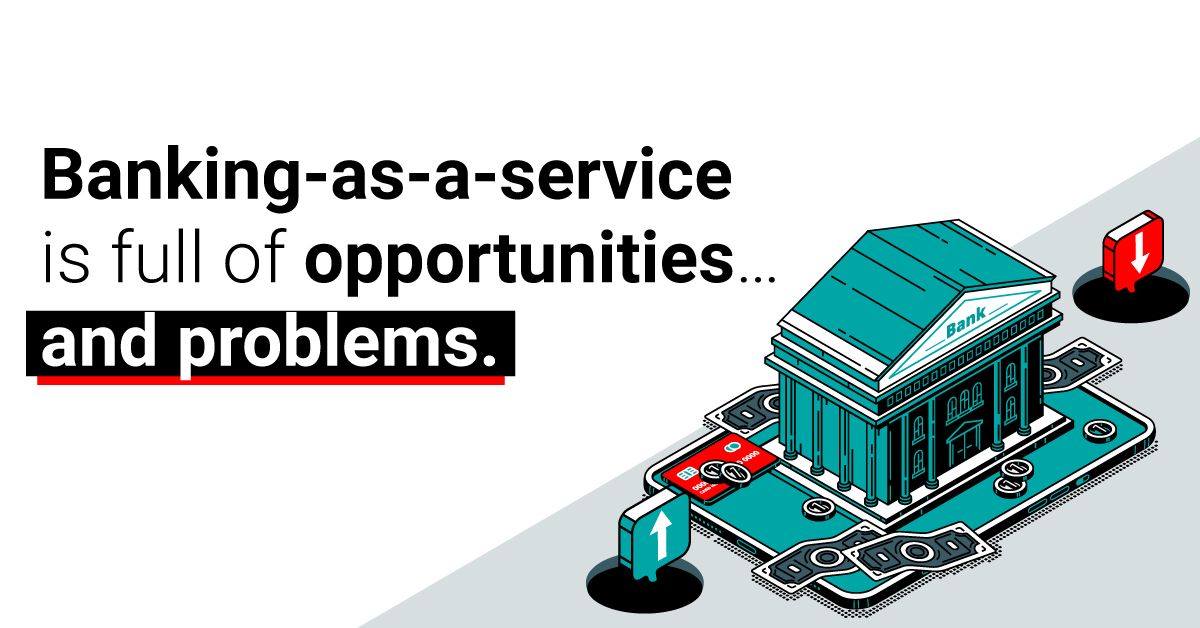
Banking-as-a-service is full of opportunities…and problems.
As banking-as-a-service made fintech explode almost overnight, now a new market awaits—supplying non-fintech companies with financial data to improve their customer experience. The only issue? There are plenty of obstacles in the way.
While banking-as-a-service platforms have historically provided fintech companies with services like account creation, personalized credit and debit cards, as well as payment processing, they’ve now set their sights on non-fintech companies requiring financial services, like debit cards or loans. Unit co-founder and CEO Itai Damti believes that when looking at the long-term, 90% of banking-as-a-service opportunities will be with non-fintech companies. A classic example of this is Shopify, which actually generates over 60% of its revenue from financial services like payment processing. With other companies quickly following suit, the market will only increase as fintech solutions become cheaper to implement. For a lot of companies, these financial services can serve as a complimentary feature to their existing services. Nikil Konduru, an early-stage fintech investor gives the example of a home repair company supplying customers with loans for household repairs.
Ample possibilities for banking-as-a-service providers
While there are certainly ample possibilities for banking-as-a-service providers, they don’t come without their fair share of problems. Small startups will not only have to outcompete their traditional banking predecessors, but will also be faced with compliance and regulatory measures traditional banks are already experienced dealing with. While banking-as-a-service providers will therefore have extra costs, they won’t necessarily receive the benefits traditional banks have access to.
Next to this, as the fintech market matures, their customers could attempt to lower costs by providing these services themselves through in-house technologies. Still, the largest threat remains banks seeking to provide their own banking-as-a-service platforms, which was seen recently when Goldman Sachs started working with Apple.
“Meanwhile, Stripe is the real looming threat. In December, it launched Stripe Treasury with partners including Goldman Sachs and Evolve Bank & Trust as U.S. partners, and Citibank and Barclays globally, through which customers can create bank accounts, cards, ACH, wire transfer and bill pay.”
While there are clear opportunities for banking-as-a-service platforms to work with non-fintech companies, their competition is only increasing. With industry leaders joining forces, will there still be room for small startups to profit from the expanding market? My guess is not for long.
Read the full article here.
Talk to us: What do you believe are the next biggest challenges for banking-as-a-service providers? Let us know in the comments below, we would love to hear from you!
Take a look at more top articles, trends and influencers by signing up to our newsletter—By getting to choose which topics interest you the most, you get the latest news delivered with ease: https://partners.essentials.news/multiple-signup